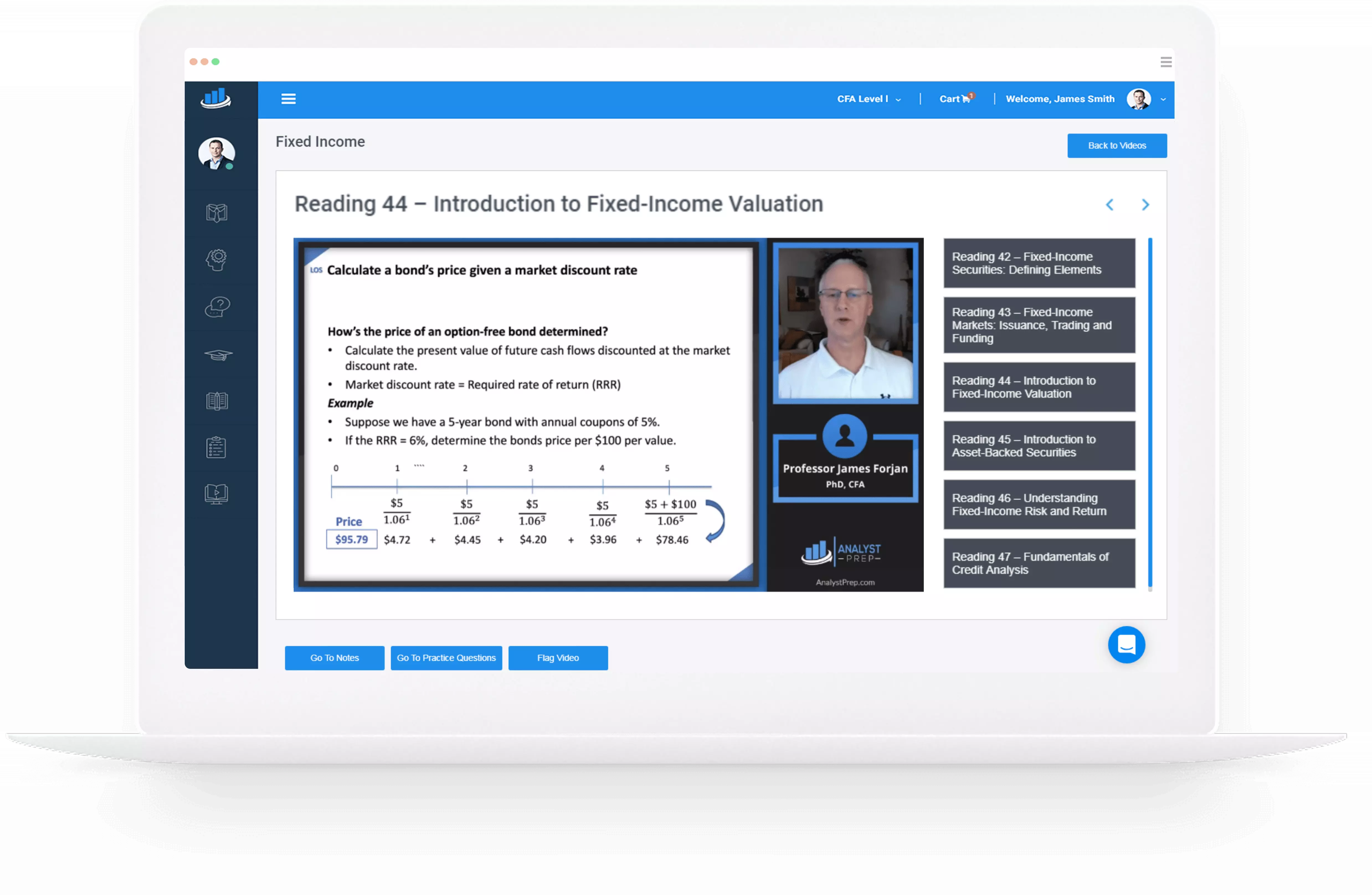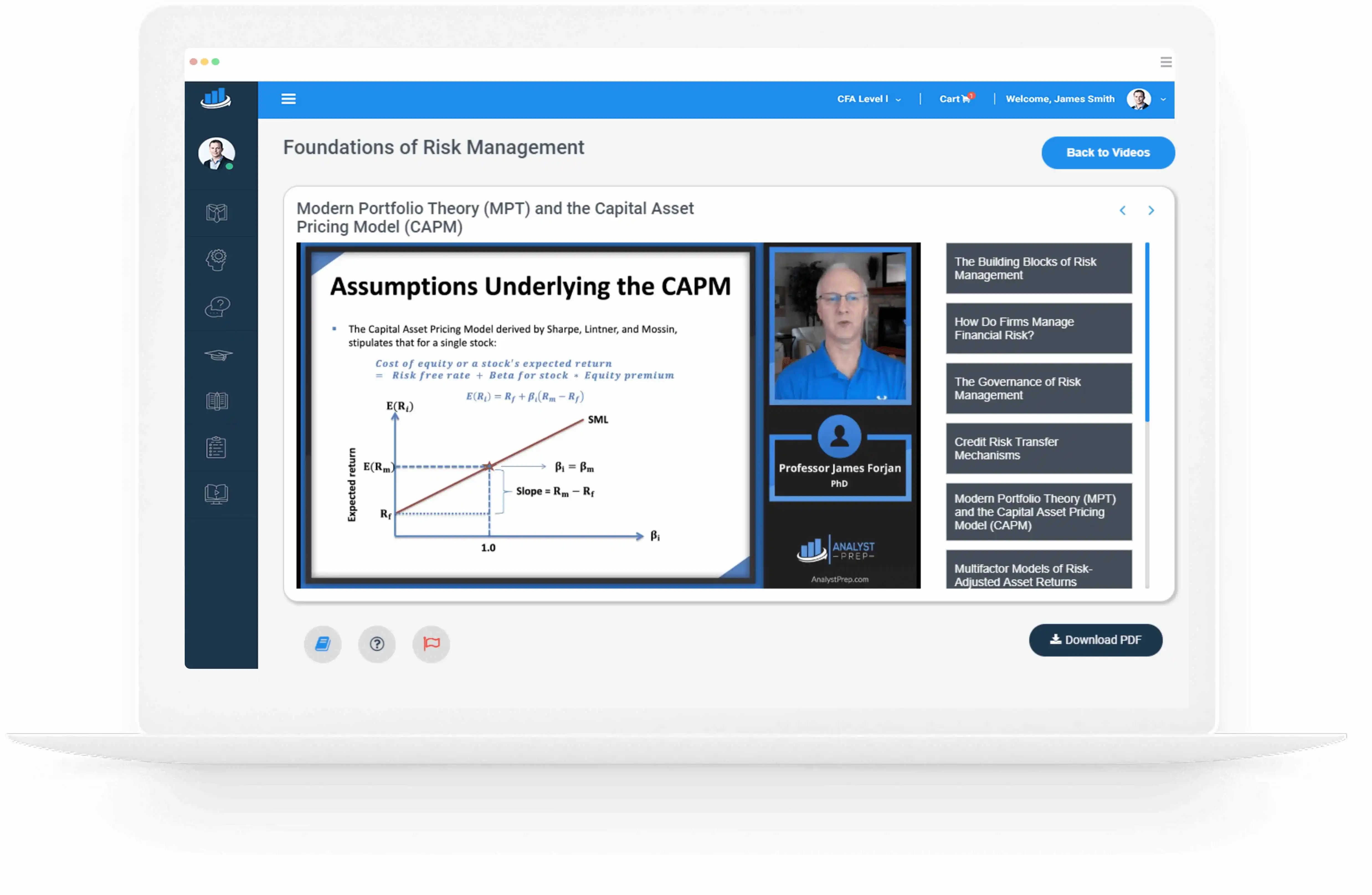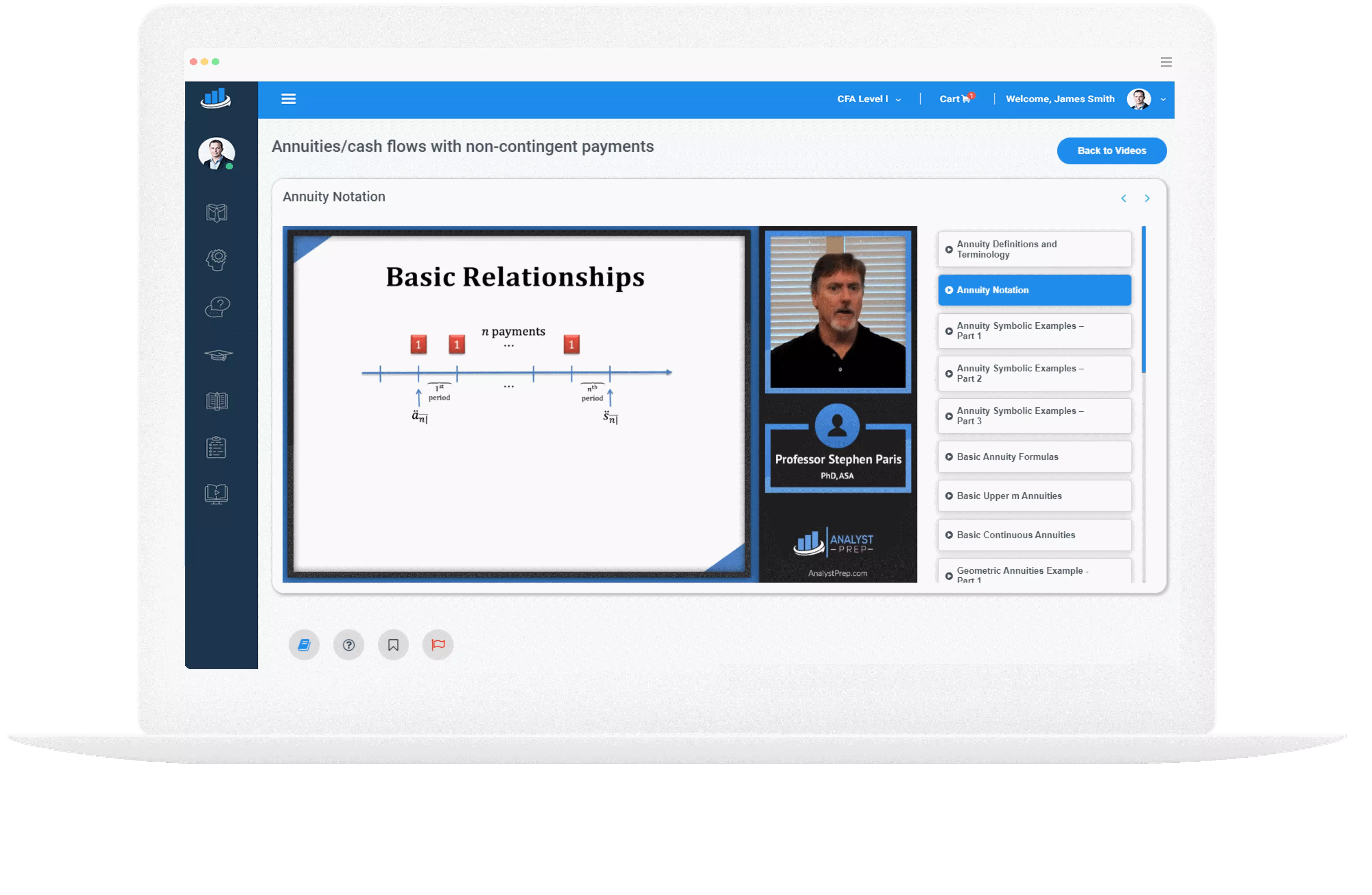The Present Value of Growth Opportunities (PVGO)
The value of a stock can be evaluated as the sum of: The value of the company without earnings reinvestment, \((\text{E}_{1}/\text{r})\); plus The present value of growth opportunities (PVGO). $$\text{V}_0= \frac{E_1}{\text{r}}+\text{PVGO}$$ Where: \(\text{E}_{1}=\) Expected earnings at time, \(t = 1\)….
The Implied Dividend Growth Rate
Different growth rate assumptions may explain the differences between the estimated values of a share and the actual market value. Given the price, the expected dividend, and the required rate of return, the dividend growth rate reflected in the price…
The Gordon Growth Model
The Gordon growth model assumes that dividends grow indefinitely at a constant rate. $$D_t= D_{t-1} (1+g)$$ Where: \(g =\) Expected constant growth rate in dividends \(D_{t}=\) Expected dividend at time t. At any time \(t\), \(D_{t}=\) equals dividends at \(t =…
The Dividend Discount Model
Single Holding Period The cash flows to an investor who holds shares are the dividends paid and the market price of the share when they sell the share. For example, suppose an investor expects to hold the share for one…




